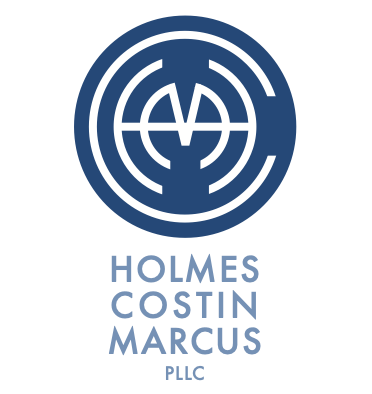Insights
Holiday Movie Lessons About the Law of Business Disputes - Lesson # 4: Rudolph Guides Our Way to the Fundamental Question of Ownership that Often Comes Up with Intellectual Property.
By: Ellen D. Marcus
Rudolph guides our way for our final lesson this holiday season on the law of business disputes. More to the point, Rudolph the Red-Nosed Reindeer’s creator Robert L. May guides our way to understanding a fundamental question that often arises in intellectual property disputes: who owns the rights? (Previously, I covered the business tort of conversion in It’s a Wonderful Life, fraud in White Christmas, and minority shareholder appraisal rights for The Sound of Music’s Family Von Trapp.)
May invented Rudolph for a book he wrote in 1939. At the time, May was working as an advertising copywriter for Montgomery Ward. His boss directed him to write a children’s book for the store to publish and give away during the holiday shopping season. In response, May wrote a poem about a young reindeer living with his family at the North Pole who was teased for his shiny red nose. You know the rest.
May created the poem within the scope of his employment. Under the work for hire doctrine, his employer Montgomery Ward became the copyright owner of the work. Later, Montgomery Ward gave May the copyright to the poem—free and clear. A song, more books and a movie followed. May reaped the financial rewards. Sometimes truth is more heartwarming than fiction.
But companies do not typically give away valuable intellectual property rights for free, and who owns the rights in the first place is not always as clear as it was with May’s poem. Where there are disputes over ownership, the law of contract can come into play. Often, the contract at issue is a PIIAA, or Proprietary Information and Inventions Assignment Agreement.
PIIAAs are contracts that companies tend to require their creative employees to sign as a condition of employment. Usually, through the PIIAA, the employee assigns the company property rights to all inventions the employee creates during the employment—not just on the job—but relating to the company’s business. On paper, that assignment of rights may seem as clear as the path illuminated by Rudolph’s nose. But the reality can be different.
To illustrate, let’s imagine a technology company employing an engineer who signed a PIIAA. She has been working for years with her team to develop an autonomous sleigh for distributing presents. Meanwhile, in her basement after hours, she invents an autonomous seaplane with many potential uses, including present distribution. Does that relate to her company’s business? The engineer will say no, and the company will say yes. Who is right? It depends on the evidence.
To show that her invention does not relate to the company’s business, the engineer highlights minutes from a meeting of the company’s management committee noting that, five years ago, the committee considered and rejected a proposal to expand company R&D into seaplanes. In addition, the engineer’s friends will testify that they saw her seaplane prototype come to life in her basement. While they are not engineers, in their estimation, the prototype was at least 95% complete before she was even hired by the company. According to the engineer, all those years she toiled away on her invention, distributing presents was the furthest thing from her mind as a potential use for it. That will be her testimony.
To show that the engineer’s seaplane invention relates to the company’s business, the company has members of the management committee prepared to testify that the seaplane idea recently came up again, and the committee was fully supportive. It being obviously related to the company’s business of developing technology for distributing presents around the globe, the decision was easy. The company also has time records showing that the engineer frequently had unexplained absences. Now the explanation is clear—she was prioritizing her secret project over her duties as a company employee, even though she agreed in the PIIAA to devote her full working time and attention to the company. Plus, the engineer did not identify her seaplane invention on the exhibit to her PIIA—where she was to list all of her pre-existing inventions.
Does this evidence prove that the seaplane relates to the company’s business, so that it owns the intellectual property by the terms of the PIIAA? Or does it prove that the seaplane does not relate to the company’s business, so the engineer owns the intellectual property? Will a court even consider all of this evidence, or find some of it irrelevant, hearsay, or otherwise inadmissible under the rules? This is the stuff of business litigation, where we do our work for our clients. Robert May and his red-nosed reindeer managed to glide right on by.
Happy holidays to all!

